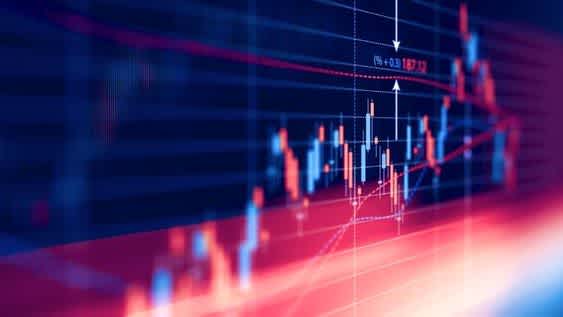Algo Trading and its difference from co-location.
Algo Trading Specifics
Algo trading and Co-location
Over the past ten years, co-location and algorithmic trading have gained attention for both positive and negative reasons. In 2008, algorithmic trading, or algo trading, was made legal by SEBI with the approval of Direct Market Access (DMA).
Let's first examine what algo trading entails. While co-location and algorithm trading are occasionally used synonymously, they are not the same.
Despite their common association, algorithmic trading is not the same as high-frequency trading (HFT). In this blog we will cover the insights of algo trading and co-location
What is Algo Trading?
Algo-trading is the practice of executing trades using pre-written programs. A computer program receives an algorithm or set of instructions, and when the command is fulfilled, the program automatically performs the transaction. A variety of input points, such as pricing, timing, quantity, or other parameters, may serve as the foundation for the algorithm. When it comes to accurate and timely execution, computers and high-end servers are just too fast for humans to compete with. Machines are capable of accurately and quickly carrying out repeated tasks. Human dealing is incapable of carrying out conditional instructions. The three main categories of algorithms used in algorithmic trading are high-frequency trading (HFT) algorithms, profit-seeking or "black-box" algorithms, and execution algorithms.
Benefits of Algo Trading
Trading in markets is primarily driven by algorithms. Large institutions automatically become market makers as a result of expanding the market. The market's quality is enhanced by this.
Algo trading obviously trades more quickly than humans. Lowers the possibility of manual mistakes. Able to trade continually without getting tired.
Keeps emotional trading choices at bay. Enhancing market liquidity is another benefit of algo trading. Outside of actual trading, academics and traders can explore a variety of situations. Responding to events and changes in the market more quickly and effectively may be achieved by using algorithmic trading.
In addition, they have the ability to automate and guarantee a closer alignment between trading instructions and investment decisions, which can reduce timing risks and effect costs on the market and increase order fulfilment rates.
As a human trader, it is possible for you to make a mistake and enter a complex position on occasion. Nevertheless, you can anticipate the most exact trade executions while using algo trading.
Drawbacks of Algo Trading
For small and ordinary investors, algorithms may be unjust. Institutions and broker proprietary desks are the main users of algos, which are not available to most small investors. It may be unjust to small traders because these algorithm users are able to control the majority of market volume.
The volumes are either not accessible in the market or are not available at the price that retail investors are willing to pay. There is no human judgement in the system. It will thus only behave in accordance with the instructions that you provide.
As a result, the system will carry out any order you give that could result in a trade that loses money, regardless of what happens afterward. Therefore, even if it's automated, you still need to keep an eye on it. The volumes are either unavailable in the market or not offered to retail investors at their preferred pricing.
Errors, incorrect pricing settings, or incorrect conditions may occasionally be made by the individual feeding the algorithm. A potential consequence of this may be a virtual market flash crash.
Characteristics of Co-Location
In addition to providing other businesses servers, storage, and networking equipment with space, electricity, cooling, and physical security, colocation facilities also let them easily and affordably connect to a wide range of network and telecommunications service providers.
High-frequency transactions are facilitated by co-location. That indicates that you receive price feeds fractionally faster than the market as a whole. This will provide the broker with that fractional edge, and they must set up a co-location server at the exchange.
Indeed, high-frequency trading is made easier by the exchange's co-location of servers (HFT). The execution of intricate trading programs is facilitated by this HFT, in turn, via algorithms. The real value addition from algorithmic trading to traders comes from co-location and HFT exclusively.
Do leave your views and comments about your thoughts on this topic.


